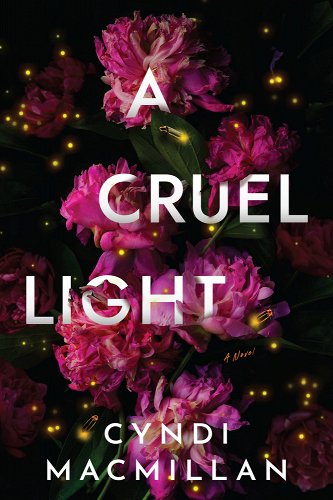Aspiring authors are often told to forgo dream sequences. It’s stressed that a single night terror might derail your story, annoy the hell out of readers, and result in your novel being condemned to the fiery pit of bad tropes. Meanwhile, the opening scene of Rebecca by Daphne du Maurier illustrates how a superbly crafted dream sequence can enrich a novel’s voice, magically deepening its tone.
If art imitates life, then just as our characters work, bathe, eat, and sleep, they also dream. Dream sequences earned their bad reputation because writers attempted to replicate the opaqueness of nightmares, filling entire pages with distorted images.
All it takes is a few sentences or a paragraph to add that dream-dimension to a crime novel. The less is more approach is the rule of thumb, but if you’ve seeded your work with conflict, pressures, threats, or turmoil, then you can add a bit more to that sequence, both in weight and imagery.
Unfortunately, dreams have been judged guilty of misconduct and are at risk of being banished from fiction. As a debut novelist, I am here to defend the trope, and I will discuss five reasons dreams deserve a chance to prove their worth.
1) Dreams can encapsulate personal history, trauma, and baggage. A dream is one way to dodge an info dump. One vivid nightmare can show (instead of tell) readers how shattering an ordeal has been for your POV character. In Simone St. James’ The Book of Cold Cases, Shea Collins is haunted by an abduction attempt that she narrowly escaped as a child. In two perfect sentences, St. James shows us how Shea struggles with a reoccurring nightmare, replaying a question the predator asked her. Shea awakes “thrashing and sweating.” The brevity of it has an echo effect that is heard long after the page is turned.
2) Dreams can reveal suppressed fears or desires. Our characters don’t always reveal what they feel or think—even to themselves. Emotions are complex. We deny our own misgivings, our feeling of envy, panic, and rage. Perhaps, while awake, your character believes the lie they are telling themselves – I am safe. We are happy. Then, the dream outs the truth. Again, a light-handed approach will go farther than pedal-to-the-metal melodrama.
In Kelley Armstrong’s Rockton Series, a detective relocates to a secret town that provides second chances to those who need to disappear. Years ago, Casey was brutally attacked, and her scars are deep. She is a courageous officer who made one bad decision and—in her own way—seeks redemption. She does not like to dwell on what happened or to share those details, but she suffers from nightmares. The inclusion of these nightmares allows readers to better understand her psyche and encourages the reader-character bond.
3) Dreams can enrich flashbacks or add surrealism to foreshadowing. Flashbacks grow more intense if filtered through a dream, and foreshadowing develops layers if entwined with symbolism. A dream can be a time machine—set it to the date you want, and take the reader on a short trip that might curdle their blood or leave them teary.
In my debut mystery, A Cruel Light, I’ve included dream sequences. My main character, Annora Garde, experienced a devastating loss as a girl. I’ve merged the past and present into a nightmare which highlights why she is so driven to save what—and who—she can.
4) Dreams can become a way to converse with the dead or revisit lost relationships.
Dreams are born of memories. Regardless of whether your book contains elements of the paranormal or not, your character can be haunted by a last conversation or words left unsaid. In a dream, severed ties can be temporarily mended or hidden hurts can be addressed. Reality can be bent however you wish, and pain can be magnified into anguish.
In Jessica Hamilton’s What You Never Knew, a grieving woman—June—thinks she is only dreaming when her dead sister’s voice awakes her. This scene is made all the more poignant for readers as we know it is not a dream; her sister is desperately trying to help and comfort her. Hamilton uses the dream to creatively build on the themes of opportunities lost, things left unspoken, love’s complexities, and the barriers we inherently erect.
5) Dreams can instill mood and tone. To bring this full circle, I will return to Manderley, to a dream of the remnants of a manor. The intro to du Maurier’s Rebecca has become rooted in our consciousness: the greenery hiding the drive, the closed gates, the shushed sea, each a symbol of secrecy. And—clever author—though the second Mrs. De Winter will not share this dream with her husband, Maxim, she entrusts it only to readers. First, we are her confidants, then we become accessories after the fact.
Closing statement: I enjoy both reading and writing dream sequences. They can do more than offer insights or reenergize a page; they can disturb and provoke the reader, making characters all the more human, fallible, and sympathetic. When written with purpose and kept in a comprehensive state of what I’d call ‘untameable yet controlled,’ dreams—both good and bad—absolutely belong within crime fiction. After all, what is a dream if not mysterious?
***


















